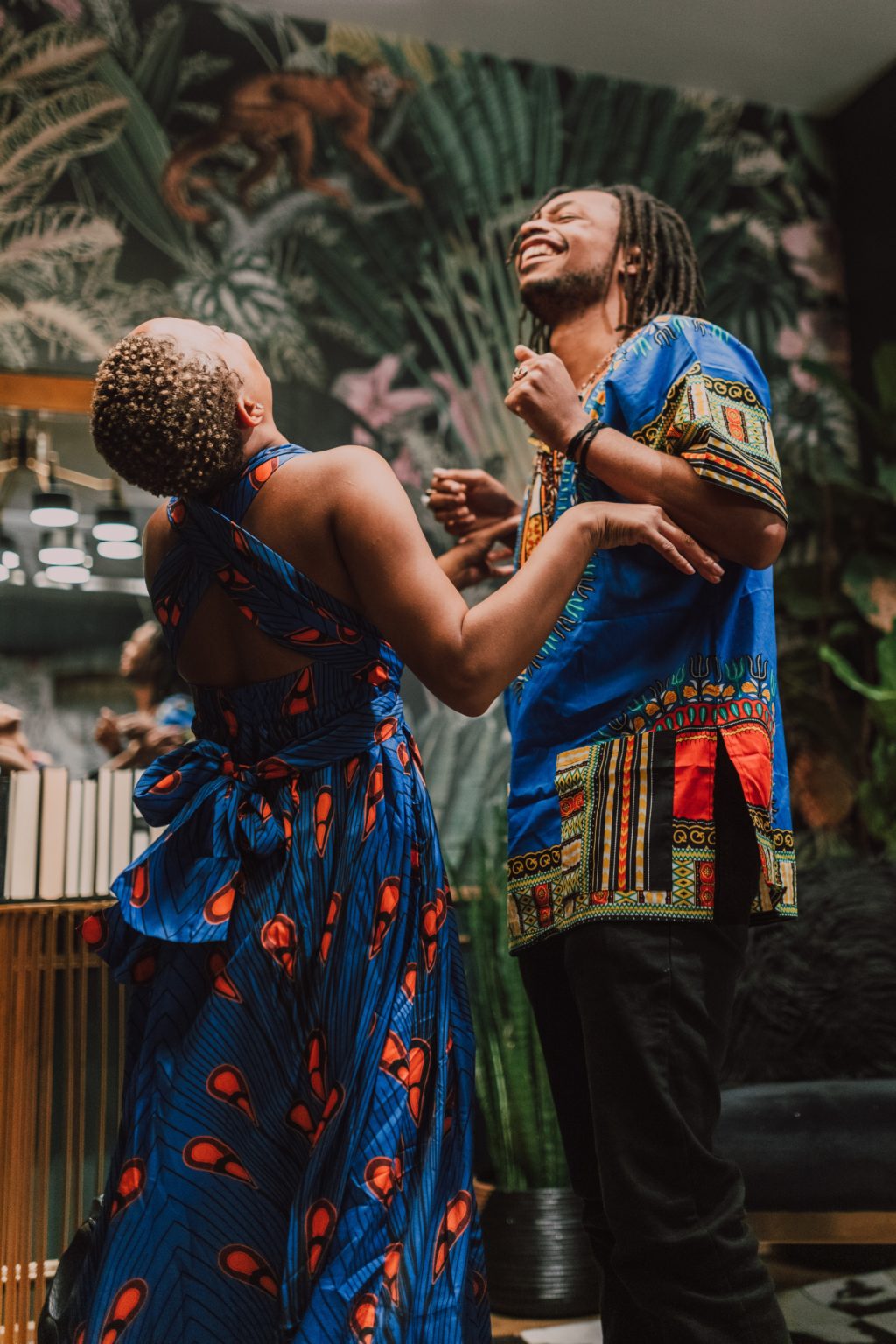
Our Heritage from Ancient Civilizations
The origins of dance as a form of human expression are deeply rooted in antiquity, extending far beyond the advent of written language. In prehistoric times, evidence of dance emerges from the enigmatic canvases of rock art that date back to the Stone Age.
Introduction:
The origins of dance as a form of human expression are deeply rooted in antiquity, extending far beyond the advent of written language. In prehistoric times, evidence of dance emerges from the enigmatic canvases of rock art that date back to the Stone Age. These ancient depictions primarily feature dancers mimicking animals, engaging in hunting rituals, or participating in tribal ceremonies, often serving as a source of entertainment. It is plausible that these rituals offered a respite from the rigors of daily life within these tribes. Remarkably, the cave paintings resemble the rituals and dances of contemporary African tribes, characterized by simple footwork executed in line or circular formations, all the while accompanied by the rhythmic beats of drums.
The Birth of Dance:
The first archaeological evidence of dance dates back approximately 9,000 years to a cave in India. These ancient scenes portrayed various aspects of life, including hunting, drinking, childbirth, and religious rites, all interwoven with dance. Around 3000 BC, as more sophisticated societies and cities began to emerge worldwide, the profession of dance took shape. In regions such as Egypt, India, China, and Mesopotamia, distinct and culturally reflective styles of dance developed. Choreography, a structured form of dance interpreting specific musical compositions, was conceived by artists and became the cornerstone of the dance profession. This development underscored the vital role of musicians in society, as choreography depended on their musical compositions. The process typically began with music composition, followed by dancers interpreting the music or lyrics written by the musician. Diverse Styles and Cultural Significance: In Egypt, dance featured intricate and gymnastic movements. China’s dance was characterized by slow, dramatic motions and opulent, colorful costumes. Chinese philosopher Confucius recognized the educational value of dance, emphasizing its role in teaching through meaningful gestures and movements. In India, dance became a conduit for storytelling, preserving cultural tales and traditions for future generations. Meanwhile, the Dervish Whirling, originating in Mesopotamia, involved spinning as part of the dance dedicated to the Goddess Ishtar.
Evolution of Dance:
Throughout history, dancing to chants and musical instruments has entertained, expressed, and more recently, evolved into a structured form of artistic expression. The Roman Empire and Ancient Greece acknowledged the educational significance of dance, as evidenced by scenes of dancers and musicians on Greek pottery. Beyond Entertainment: Across the ages, dance and music have been integral to both religious and recreational practices, and in recent times, they have been recognized as therapeutic tools for healing emotional wounds. Dance and music trace their roots to ancient civilizations, serving as communal activities among tribal peoples since the Stone Age.
The Power of Music and Dance:
Few experiences can transport us to specific moments in time, whether joyous or melancholic, as effectively as a beautiful piece of music. Most religions acknowledge the importance of music and dance in their worship rituals, from the rhythms of African drums in remote African villages to the dances around Middle Eastern fires with accompanying songs. Even the serene Gregorian chants, deeply ingrained in the Catholic Church, hold a significant place in religious history.
The Flipside
It is perplexing that despite the historical and cultural significance, dance and music are occasionally demonized by certain individuals, cults, and religious institutions. While many religious traditions incorporate dance and music into their worship, some persist in condemning these art forms. In certain cases, specific instruments are deemed sinful, and fear of condemnation and hellfire is instilled in congregations who engage with these instruments.
A Controversial Perspective:
One particularly contentious viewpoint held by some religious groups is the belief that men and women should not dance together, fearing that it might lead to seduction, a sin in their eyes. Often, women are prohibited from dancing in front of men, as this act is thought to provoke sinful thoughts and potential adultery. These restrictions raise questions about the belief in men’s vulnerability and their ability to control their emotions and morals. Nonetheless, some churches do permit dancing for joy. In Conclusion: In summary, while various interpretations of dance and its moral implications exist, it is essential to respect diverse viewpoints on this matter.
Our shared heritage from ancient civilizations showcases the enduring significance of dance and music as fundamental aspects of human expression and culture.
